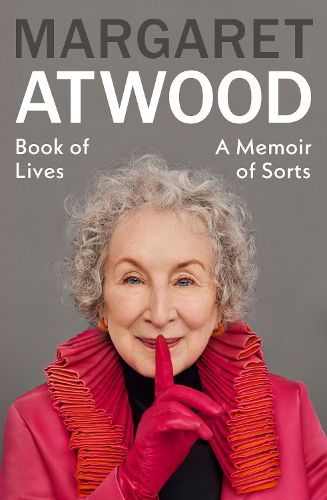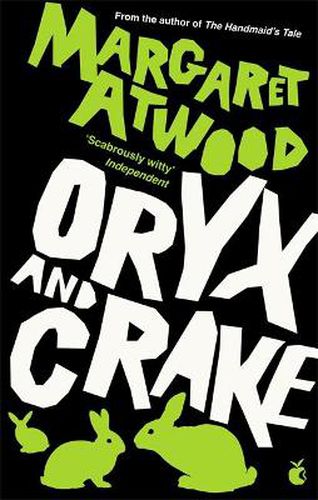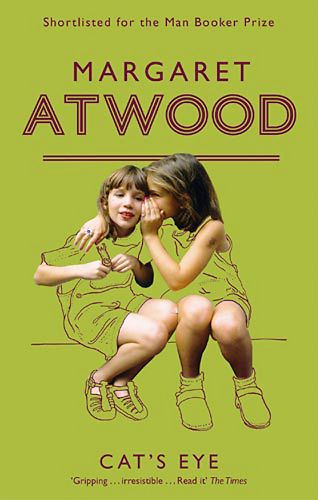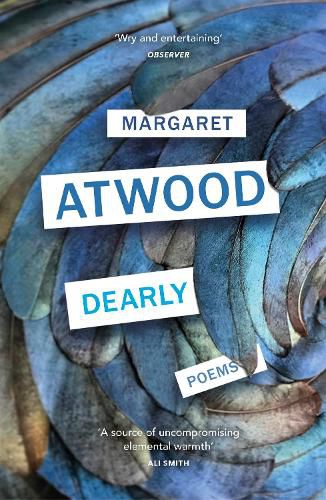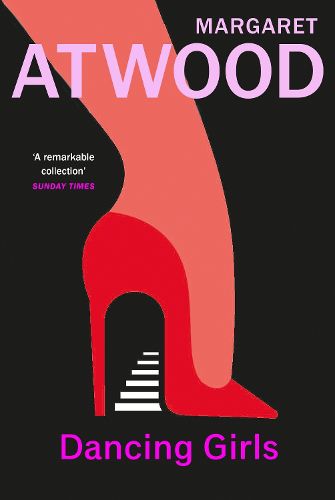You won’t find many readers who haven’t heard of Margaret Atwood. Her first poetry collection was published in 1961, and her first novel in 1969. Since that time, her list of works is beyond impressive. She has lived a fascinating life which has influenced much of her writing throughout the years. This November her highly anticipated memoir is being released, which takes us on a pleasingly chronological journey through her life as one of Canada’s most esteemed authors.
Picking a selection of her works to feature here has been very challenging. There aren’t many authors who have such a diverse collection of works and who can effortlessly shift between genres. Whether you are new to Atwood, are only familiar with The Handmaid’s Tale, or have been reading her for years, I’m hoping you will discover that there is something new for everyone in Atwood’s writing.
Speculative fiction at its finest:
Maddaddam trilogy: Oryx and Crake, The Year of the Flood and MaddAddam
This series was my introduction to Margaret Atwood (special thanks need to be given to my sister), and whilst it may be a bit of a cheat to include a trilogy in this list, trust me, once you get started you will want to read them all – I have read each of these books at least twice.
Set in a world that is unsettlingly plausible, a ‘waterless flood’, the byproduct of uncontrolled genetic engineering, has wiped out most human life. Those left struggle to survive, seek answers to what happened, and to figure out how to continue in their changed reality.
It's a challenge to summarise these brilliant books into one paragraph, so I will get some help from their listing on our very helpful website: In Oryx and Crake, a man struggles to survive in a world where he may be the last human. In search of answers, he embarks on a journey through the lush wilderness that was so recently a great city, until powerful corporations took mankind on an uncontrolled genetic engineering ride. In The Year of the Flood the long-feared waterless flood has occurred, altering Earth as we know it and obliterating most human life. And in MaddAddam a small group of survivors band together with the Children of Crake: the gentle, bioengineered quasi-human species who will inherit this new earth.
Not a fan of dystopia or speculative fiction?
Cat’s Eye
This book hooked me instantly. The strength of Atwood’s writing is in the development of characters that are so true to reality. At times her books are a slow burn, but the pay-off is there. Cat’s Eye is at times an unsettling read but one that so many people have related to since it was published in 1988.
Cat’s Eye is the story of Elaine Risley, a controversial painter who returns to Toronto, the city of her youth, for a retrospective of her art. Engulfed by vivid images of the past, she reminisces about a trio of girls who initiated her into the fierce politics of childhood and its secret world of friendship, longing, and betrayal. Elaine must come to terms with her own identity as a daughter, a lover, an artist, and a woman – but above all she must seek release from her haunting memories and confront the spectre of Cordelia, once her best friend and tormentor, who has haunted her for forty years.
Disturbing, hilarious, and compassionate, Cat’s Eye, is a breathtaking novel of a woman grappling with the tangled knots of her life.
Something a bit different:
Hag-Seed
In 2015 the Hogarth Shakespeare project was launched, featuring contemporary retellings of Shakespeare’s iconic works. Margaret Atwood was invited to take on The Tempest and she did a stellar job of it. Quite unlike a lot of her other writing, this story of enchantment, retribution, and second chances leads us on an interactive, illusion-ridden journey filled with new surprises and wonders of its own. I have found it to be a bit of an unknown work of Atwood’s and love being able to introduce more people to it.
Felix is at the top of his game as Artistic Director of the Makeshiweg Theatre Festival. His productions have amazed and confounded; now he’s staging a Tempest like no other – not only will it boost his reputation, it will heal emotional wounds. Or that was the plan. Instead, after an act of unforeseen treachery, Felix is living in exile in a backwoods hovel, haunted by memories of his beloved lost daughter, Miranda. And also brewing revenge.
After twelve years, revenge finally arrives in the shape of a theatre course at a nearby prison. Here, Felix and his inmate actors will put on his Tempest and snare the traitors who destroyed him. It’s magic! But will it remake Felix as his enemies fall?
Feeling poetic:
Dearly
Poetry has always been an outlet for Atwood to translate her thoughts into words and to express her feelings about her life experiences. There is something magical in this ability.
By turns moving, playful and wise, the poems gathered in Dearly are about absences and endings, ageing and retrospection, but also about gifts and renewals. They explore bodies and minds in flux, as well as the everyday objects and rituals that embed us in the present. Werewolves, sirens and dreams make their appearance, as do various forms of animal life and fragments of our damaged environment.
For those who tend towards nonfiction:
Burning Questions
I have had the privilege of seeing Margaret Atwood in person twice and both times I was impressed by her wit, conviction and passion for the issues that are important to her. The fact that she is then able to put this down into writing makes us all lucky.
Much of Atwood’s nonfiction writing is about the craft or world of writing, but this collection of essays covers so many topics that you are sure to find many essays to keep you learning.
In Burning Questions Atwood aims her prodigious intellect and impish humour at our world, and reports back to us on what she finds. The roller-coaster period covered in the collection brought an end to the end of history, a financial crash, the rise of Trump and a pandemic. From debt to tech, the climate crisis to freedom; from when to dispense advice to the young (answer – only when asked) to how to define granola, we have no better questioner of the many and varied mysteries of our human universe.
The short story artist:
Dancing Girls
Possibly the hardest book to recommend was a collection of short stories. Atwood has many collections, and they each have their special place in my heart. Dancing Girls takes us on so many different tangents which is what I love in a collection of short stories.
In brilliant flashes of fantasy, humour and unexpected violence, Atwood reveals the complexities of human relationships and maps the motivations we scarcely know we have within us. Populated with characters who evoke laughter, compassion, terror and recognition, Atwood’s stories show why she remains one of our greatest, most original storytellers.
Explore more of Atwood's books here!


